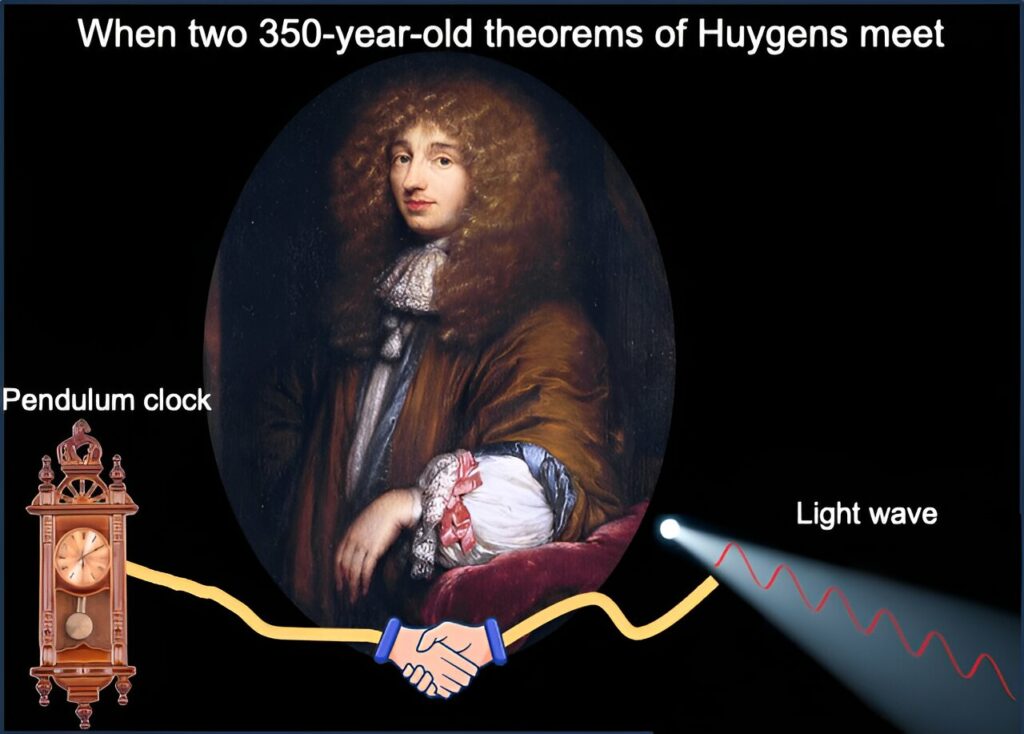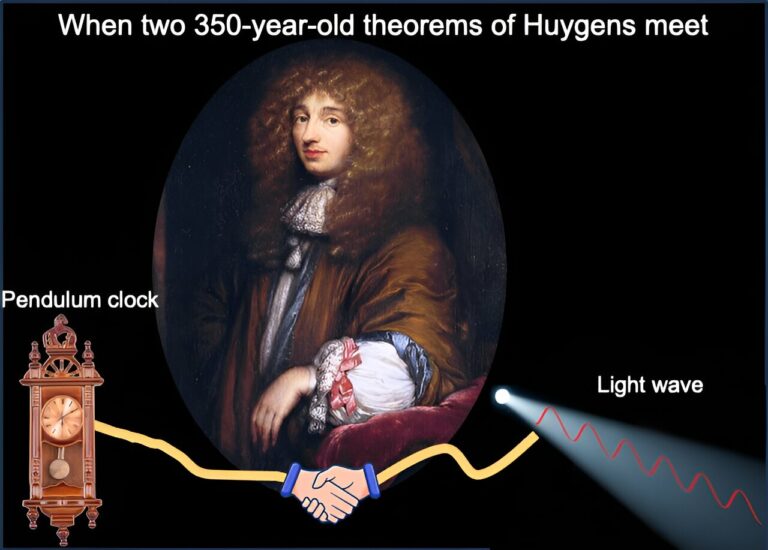Scientists Employ a 350-Year-Old Theorem to Uncover Novel Characteristics of Light Waves
Since the 17th century, when Isaac Newton and Christiaan Huygens engaged in the debate on the nature of light, scientists have grappled with the question of whether light is best understood as a wave, a particle, or, possibly, both simultaneously at the quantum level. Now, researchers at Stevens Institute of Technology have unveiled a novel connection between these two perspectives, utilizing a 350-year-old mechanical theorem, traditionally employed to describe the movement of large physical objects like pendulums and planets. This ancient theorem sheds light on some of the most intricate behaviors of light waves.
Led by Xiaofeng Qian, assistant professor of physics at Stevens, the research, reported in the August 17 online issue of Physical Review Research, not only explores the connection between wave and particle concepts at the quantum level but also establishes, for the first time, a direct and complementary relationship between a light wave’s degree of non-quantum entanglement and its degree of polarization. As one increases, the other decreases, allowing the inference of entanglement directly from polarization, and vice versa.
This implies that challenging-to-measure optical properties, including amplitudes, phases, and correlations—potentially even those of quantum wave systems—can be deduced from the more accessible measurement of light intensity. Xiaofeng Qian emphasized, “We’ve known for over a century that light sometimes behaves like a wave, and sometimes like a particle, but reconciling those two frameworks has proven extremely difficult. Our work doesn’t solve that problem—but it does show that there are profound connections between wave and particle concepts not just at the quantum level, but at the level of classical light-waves and point-mass systems.”
The research team employed a mechanical theorem initially developed by Huygens in a 1673 book on pendulums. This theorem elucidates how the energy required to rotate an object varies based on the object’s mass and the axis around which it turns. Qian explained, “This is a well-established mechanical theorem that explains the workings of physical systems like clocks or prosthetic limbs. But we were able to show that it can offer new insights into how light works, too.”

This ancient theorem, dating back 350 years, delineates connections between masses and their rotational momentum. The intriguing question arises: how can it be applicable to light, where there is no measurable mass? Qian’s team addressed this challenge by interpreting the intensity of light as the equivalent of mass in a physical object. They then translated these measurements onto a coordinate system, utilizing Huygens’ mechanical theorem for interpretation. Qian clarified, “Essentially, we found a way to translate an optical system so we could visualize it as a mechanical system, then describe it using well-established physical equations.”
By envisioning a light wave as part of a mechanical system, the researchers uncovered new relationships among the wave’s properties, notably the clear correlation between entanglement and polarization. Qian emphasized the significance of this revelation, stating, “This was something that hadn’t been shown before, but that becomes very clear once you map light’s properties onto a mechanical system. What was once abstract becomes concrete: using mechanical equations, you can literally measure the distance between the ‘center of mass’ and other mechanical points to show how different properties of light relate to one another.”
The implications of clarifying these relationships are potentially significant, allowing for the deduction of subtle and challenging-to-measure properties of optical systems—or even quantum systems—from more straightforward and robust measurements of light intensity. Furthermore, the findings suggest the prospect of using mechanical systems to simulate and enhance our understanding of the intricate behaviors of quantum wave systems. “While the full extent of this lies ahead of us, with this initial study, we’ve demonstrated clearly that by applying mechanical concepts, it’s possible to comprehend optical systems in an entirely new way,” stated Qian. “Ultimately, this research is helping to simplify the way we understand the world by allowing us to recognize the intrinsic underlying connections between apparently unrelated physical laws.”
This article is republished from PhysORG under a Creative Commons license. Read the original article.
Do not forget to share your opinion with us to provide you with the best posts !





0 Comments